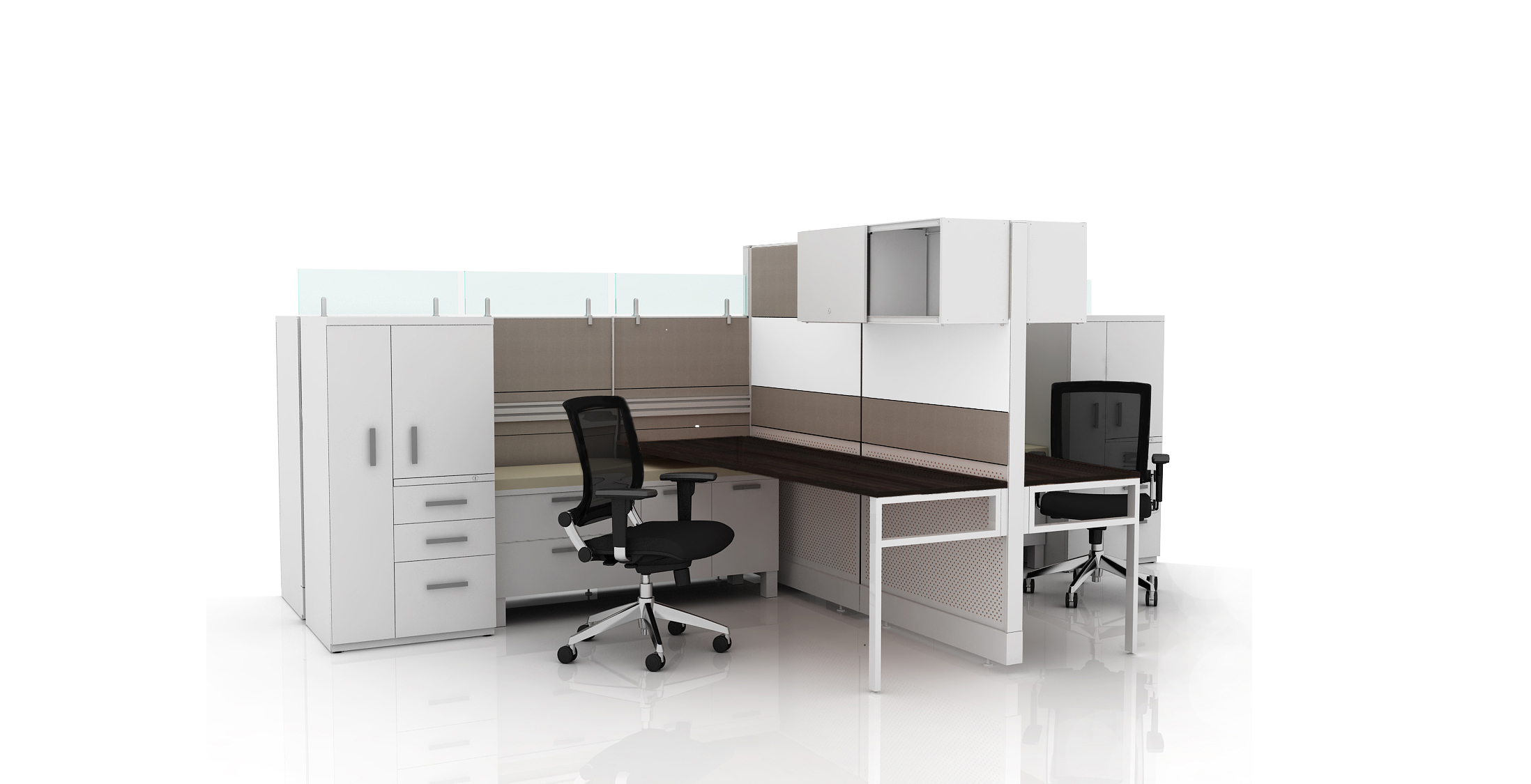31 Jul Synchronize Your Office Culture with Your Office Space
Synchronize Your Office Culture with Your Office Space
Bringing elements of your business into your work space can evoke a strong message to customers and employees about your brand and culture.
Part of synchronizing your office culture with your office space can begin with the ideal office design choices that reflect your values and supports your company’s, stakeholder’s and staff’s needs. Strengthening a positive company culture with a desirable workplace not only fosters employee satisfaction and motivation but having a great workplace reputation helps attract and retain talent.
Here are six ways to effectively blend your company culture with better office design.
1. Reflect your company values
Does your company emphasize communication and collaboration? Then you could trend toward open workspaces. A creative and playful culture might include fun spaces where employees and customers can unwind and work, such as game rooms or sitting areas with colorful couches. If the industry you work in is conservative, then you may place priority on confidentiality and privacy and include enclosed office space with doors. Most importantly, involve design choices that are consistent with what your company represents. For example, if you’re a wellness company then you could include healthy office design elements or if you’re a tech company look to add technology into your design.
2. Incorporate an ideal color scheme
Color can be a big mood enhancer and the right colors added to your design scheme with your brand colors, can also boost efficiency and communication. Research how colors can affect mood and add color based on the goal and focus of specific workspaces. For example, reds can bring out energy and passion, greens and blues can improve focus and increase energy, yellows foster optimism and innovation, while oranges represent enthusiasm, creativity and determination.
3. Choose the best-fit furniture and decor
Carefully-chosen furniture and artwork can leave visitors and employees with a certain impression and feeling about your office so make it one you want to create in their minds. If your company is in a field where expertise and trust is important then you might want to include credentials on the wall or client testimonials. If you want to exude a modern setting think sleek, minimal furniture or if your culture is more relaxed then consider informal, sitting areas. One way to create an inspired work space is to add movable furniture such as chairs, desks, seating areas and dividers. Movable space enhances the creative process and allows teams to reconfigure space to support their work.
4. Engage your people
We understand that keeping your team happy can be a big priority. One way to do this is to involve your employees from start to finish with the office design process. They help define your company culture and some of the best-fit designs come from the result of mixing your brand with team ideas. Enabling your office space to connect people while also providing boundaries and private space can create a vibrant energy and strengthen community. People often believe that their workspace says a lot about their importance in a company and engaging them in its design supports this belief. Possibly even let them design their own workspace with things that interest them or colors that make them feel more productive.
5. Create space for social connection
While people can crave solitude to get their work done, at times they also want to be part of a group setting. Adding gathering spaces such as cafés, common lounge areas, atriums or shared work tables can foster a keen sense of community and boost creative collaboration. Including project or idea boards in these group spaces are a productive way for employees to share and learn from each other.
6. Give equal consideration to all spaces
With designing your office, it’s crucial to consider all spaces whether public or private, inside or outside. When a client or potential new-hire arrives to be welcomed by a vibrant and dynamic lobby you won’t want to disappoint them with a bland workspace or outdated kitchen area. If you treat all spaces equally, your brand and culture will flow through your workspace and show to visitors and employees that you care about their experience there.
When people enter your office, you want them to instantly understand what your company is all about. Office design reveals much about a company’s brand and culture. With the ideal considerate touch, each space in your office from color, services, technology, décor, lighting, furniture and layout, can express your culture and be an inviting space for visitors to enjoy and employees to thrive in. Cubicle by Design can help you through the entire office design process that reflects your culture. Contact us today to discuss how you can get started.




